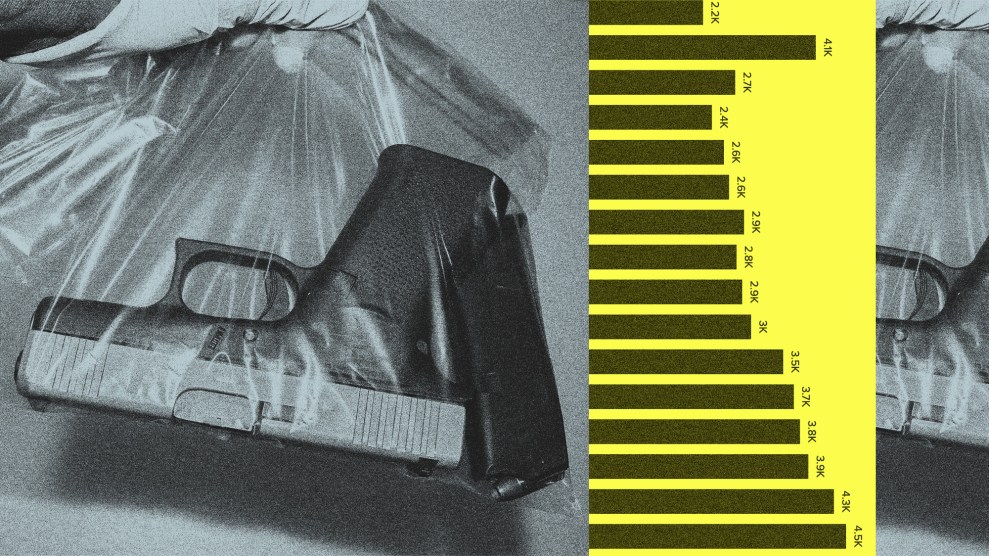In the Nawa district of southern Afghanistan’s Ghazni Province, villagers are so poor that they cannot clothe themselves in the winter. Their children are so sick that in the best case scenario, they are merely blind. And every time the struggling government tries to help them by supplying blankets, notebooks, or medical supplies, the Taliban emerges and yanks that aid away.
In remote regions such as these, the Taliban retains both unfettered power and a determination to fight outside influence. So the 82nd Airborne has begun visiting village after village, offering basic medical care and attempting to persuade residents to resist the Taliban’s brutality. By demonstrating their intent not to shoot, but to offer help, the Army hopes to win the villagers to their cause and, hopefully, improve security enough to begin building much-needed infrastructure.
It’s a fine idea, said the villagers, but how could it be done? I’d ask the same. “We would like to support the coalition forces, but if we do that the Taliban will come at night and cut off our heads,” worried one villager. Said another, “I know we are supposed to stand up against the Taliban, but we are poor people. We do not have the ability to do that.” The lieutenant leading this particular conversation, held town-hall style in a village mosque, took a tough-love approach. “‘The truth is that you have the ability to make a change,’ he said. ‘You are just not willing to do it.'”
While I applaud the Army’s choice to address problems in the region by rallying villagers, rather than occupying their villages, in this case I’m not sure the boot-camp approach is really the right one.
The villagers may in fact possess the strength to fight off the Taliban, they probably need help to do so. It’s hard to mount an effective resistance against a well-fed and better-armed power when you can’t even protect yourself from the weather—will and motivation don’t really factor into that decision.
Still, these visits seem like a good first step, and certainly represent a more effective approach than the one so often taken in Iraq. Here’s hoping that this isn’t the last these villagers see of the medics, the aid, or the 82nd Airborne.
—Casey Miner











